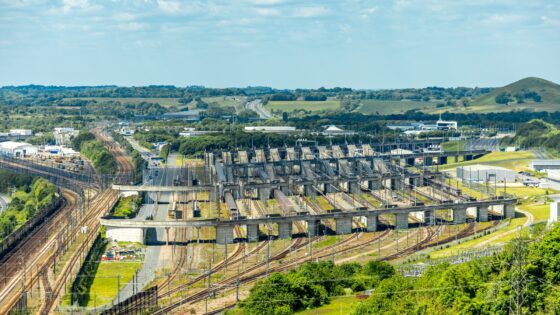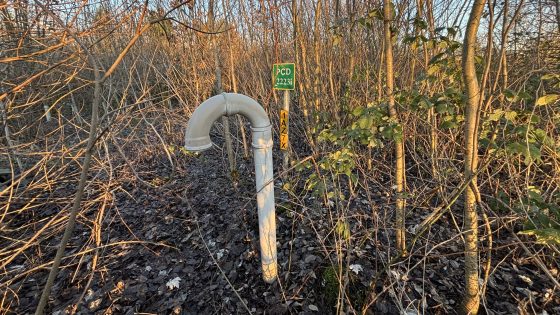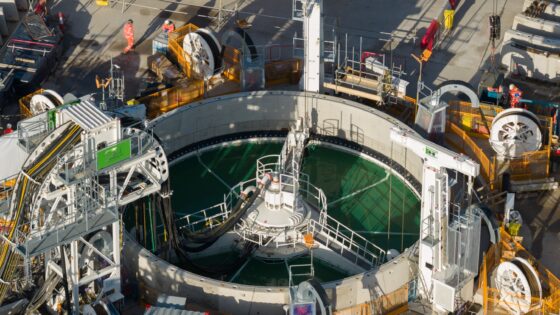Hamilton bus facility ground improvement: design lessons for project teams
Reviewed by Joe Ashwell
30 Second Briefing
Ground improvement for the City of Hamilton’s new bus maintenance and storage facility was redesigned by Keller after differing ground conditions were discovered during construction. Keller replaced the original foundation concept with an alternative scheme using ground improvement techniques tailored to variable subsurface conditions, avoiding extensive deep foundations and programme delays. The solution allowed the large-footprint depot structure and hardstand areas to be supported on improved ground, controlling settlement while keeping construction within the city’s budget constraints.
Technical Brief
- Alternative scheme differentiated between building zones and external hardstands, tailoring treatment to load and settlement tolerances.
- Ground improvement was used selectively to bridge weaker pockets, limiting treatment only where geotechnically necessary.
- Value engineering focused on minimising imported fill and avoiding wholesale excavation of unsuitable materials.
- Similar municipal depots with large slab-on-grade areas could apply zoned ground improvement to reduce deep foundation reliance.
Our Take
Keller appears in only a small subset of the 27 Projects-tagged Infrastructure pieces in our database, suggesting this Hamilton bus maintenance and storage facility is part of a selective portfolio of complex ground-improvement jobs rather than routine building work.
Among recent Infrastructure coverage, transit-related depots and maintenance yards like this bus maintenance and storage facility often sit on constrained brownfield plots, which typically drives demand for specialist ground improvement to manage variable fill and maintain tight settlement tolerances for slabs and service pits.
For operators planning similar urban facilities, the use of a ground-improvement specialist such as Keller can materially reduce excavation and export of spoil compared with full replacement, which is increasingly relevant where city authorities face cost and community pressure over truck movements and disposal routes.
Prepared by collating external sources, AI-assisted tools, and Geomechanics.io’s proprietary mining database, then reviewed for technical accuracy & edited by our geotechnical team.
Related Articles
Related Industries & Products
Construction
Quality control software for construction companies with material testing, batch tracking, and compliance management.
Mining
Geotechnical software solutions for mining operations including CMRR analysis, hydrogeological testing, and data management.
QCDB-io
Comprehensive quality control database for manufacturing, tunnelling, and civil construction with UCS testing, PSD analysis, and grout mix design management.


